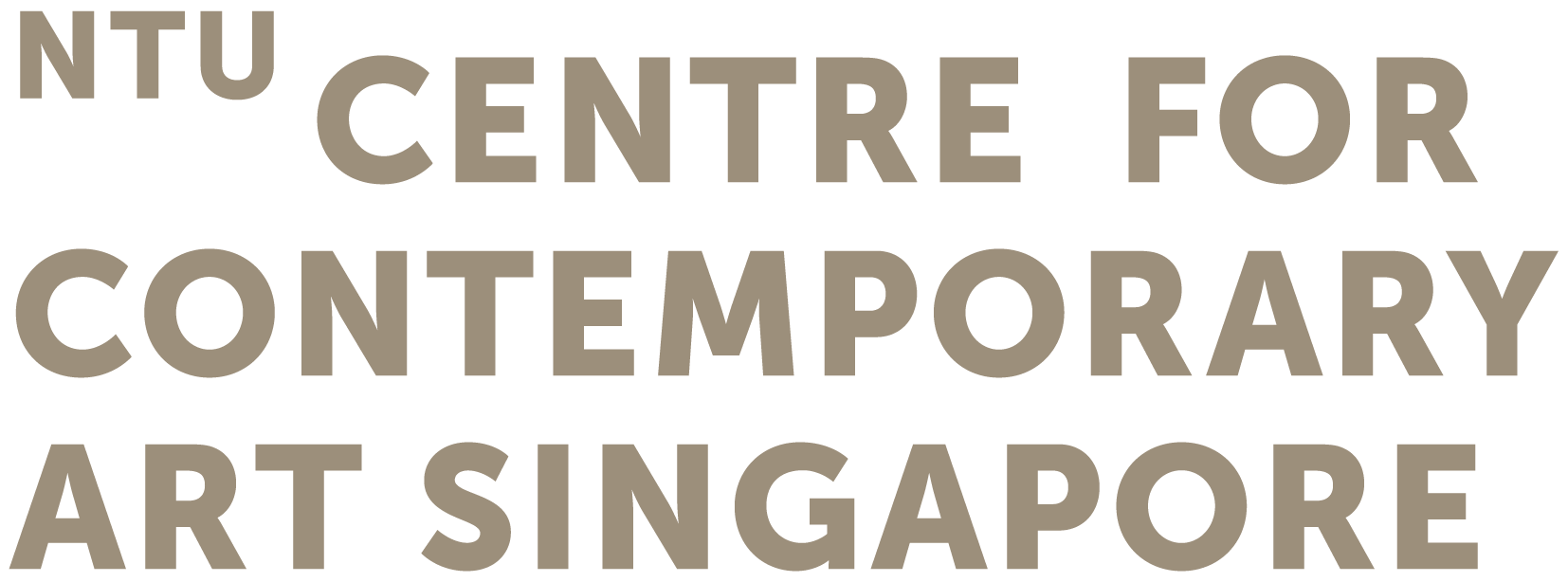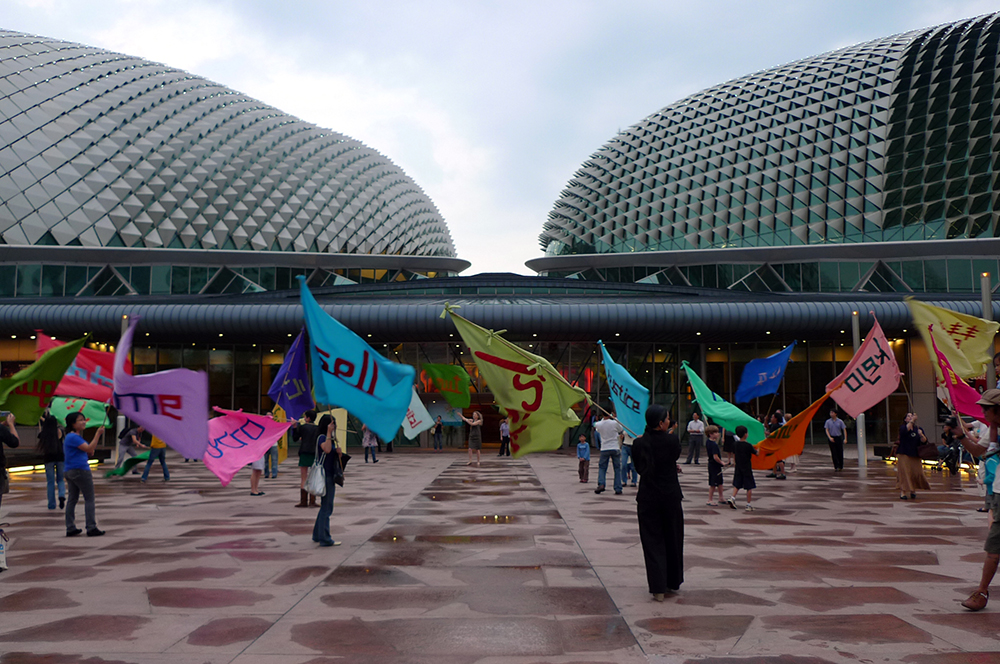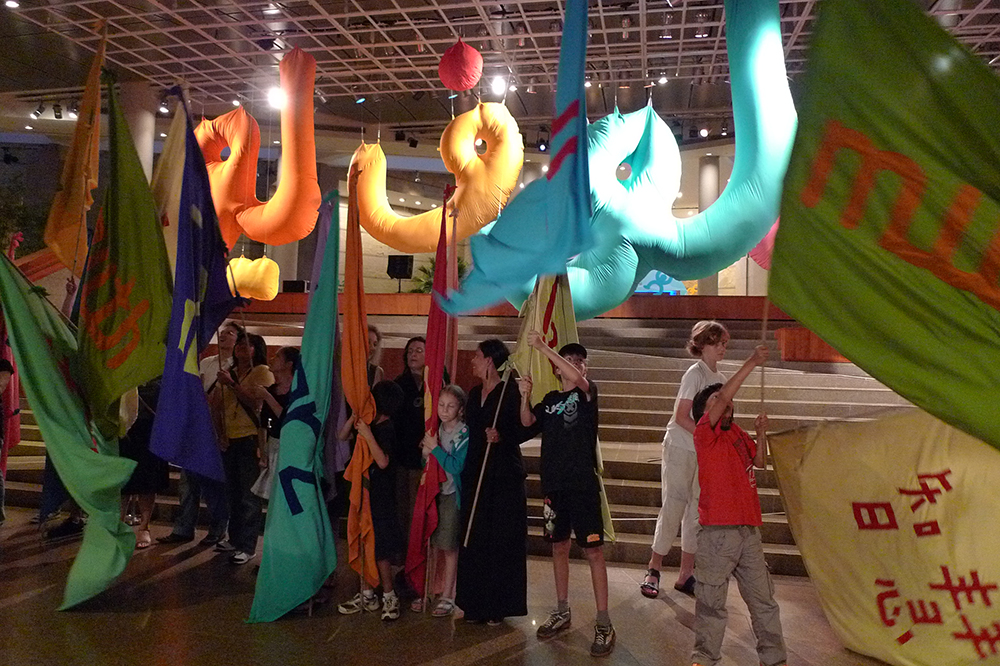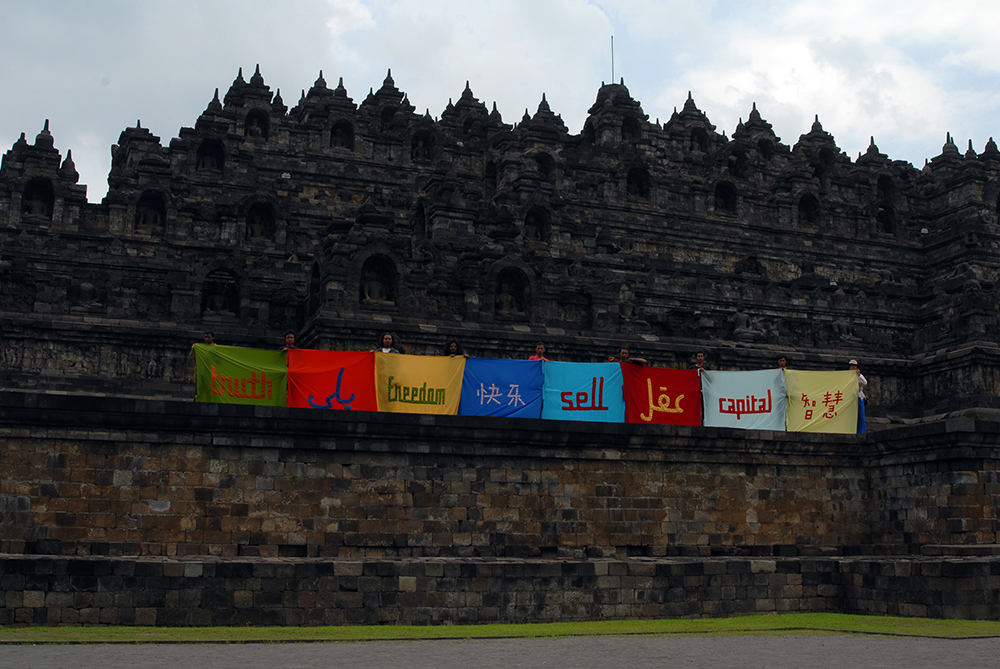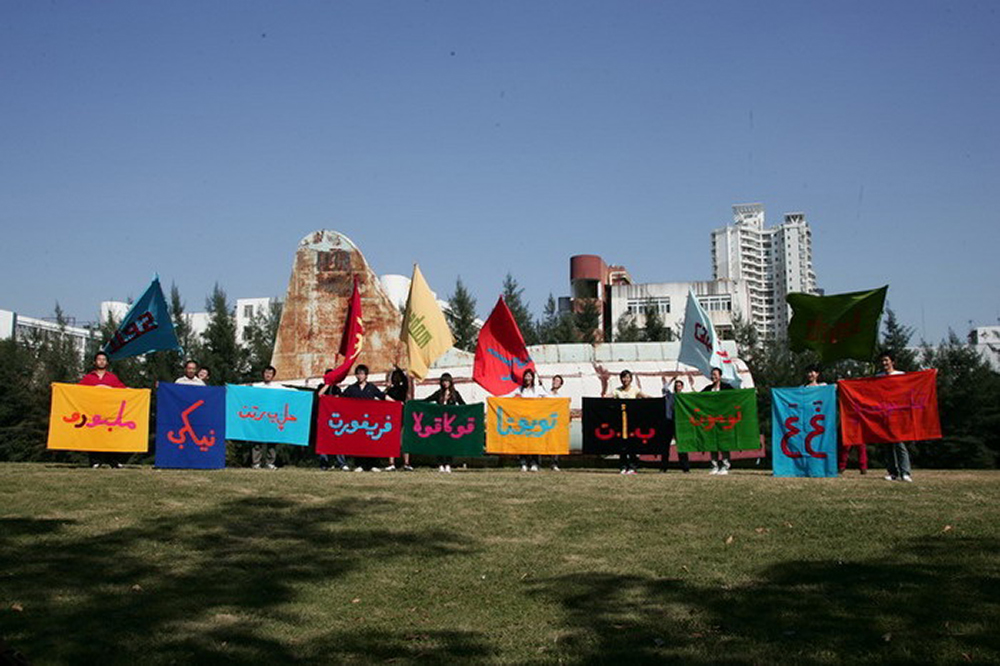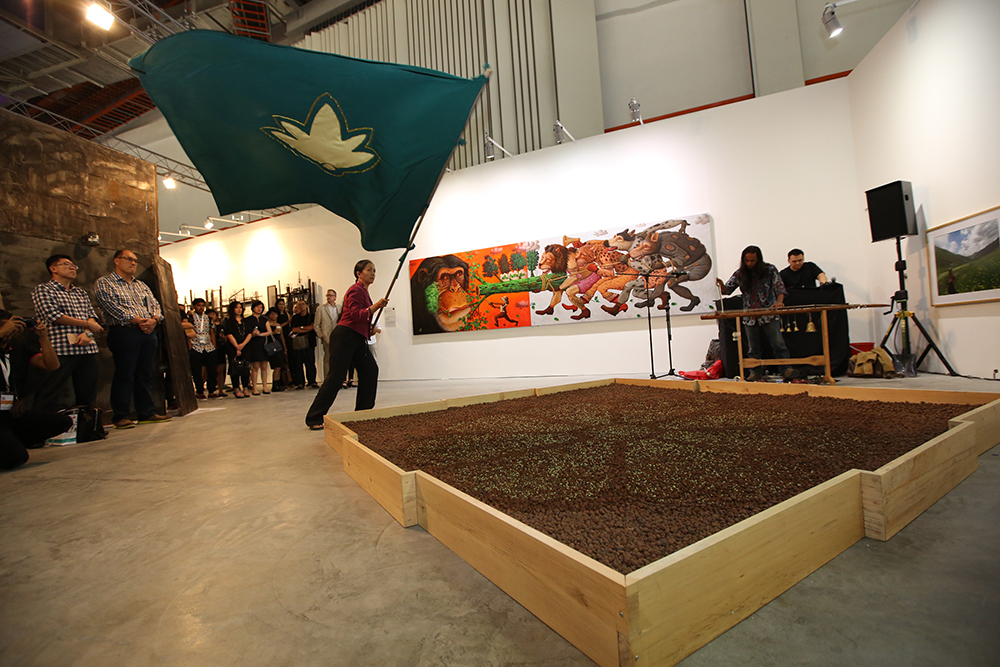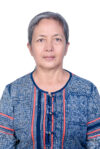Arahmaiani
Arahmaiani (b. 1961, Indonesia) is one of Indonesia’s most respected and pioneering artists in the field of performance art. From the 1980’s, she has performed in many public spaces — even during the rule of an oppressive military regime. Though most known internationally known for her performance art, her creative work extends beyond the bounds of the artistic world, and into her environmental, religious and cultural activism. Her activism takes form in both her interactive performances and her community-based practice, bringing attention to subjects prevalent in Indonesia and to issues of violence against the environment on the Tibetan Plateau. Arahmaiani engages in community-based practices across a variety of groups including, Tibetan monks, an Islamic boarding school and participants from a range of countries and backgrounds. The nomadism of her life is reflected in her work, using her performances and focus on community participation as means of uniting people from different backgrounds and processing traumas brought about by the severance of people from their natural environments.
Arahmaiani’s work has been featured in over 100 solo and group exhibitions around the world notably Paradise Lost: Mourning of the World, Indonesian Pavilion, Venice Biennale (2003)’; Memory of Naature, SMAK Ghent Museum of Contemporary Art (2017); Bruised: Art Action & Ecology in Asia, RMIT Gallery, Melbourne (2019); Politics of Disaster: ender Environment & Religion, PAV (Parte Arte Pivente) Turin, Italy (2020); Re-Nature, Den Bosch, Netherland (2021); Documenta 15 – with Asia Art Archive Collective (2022); Flag Project, Istanbul Biennale (2022).
